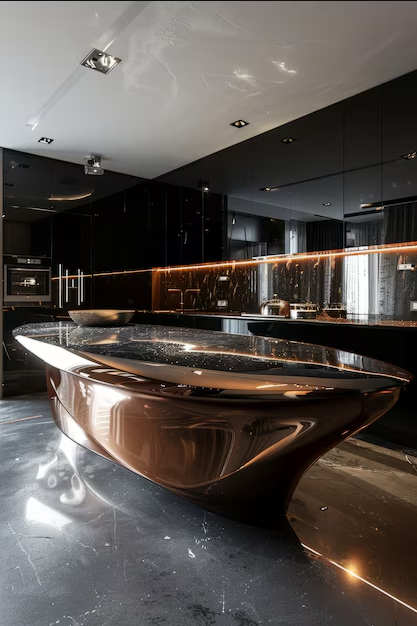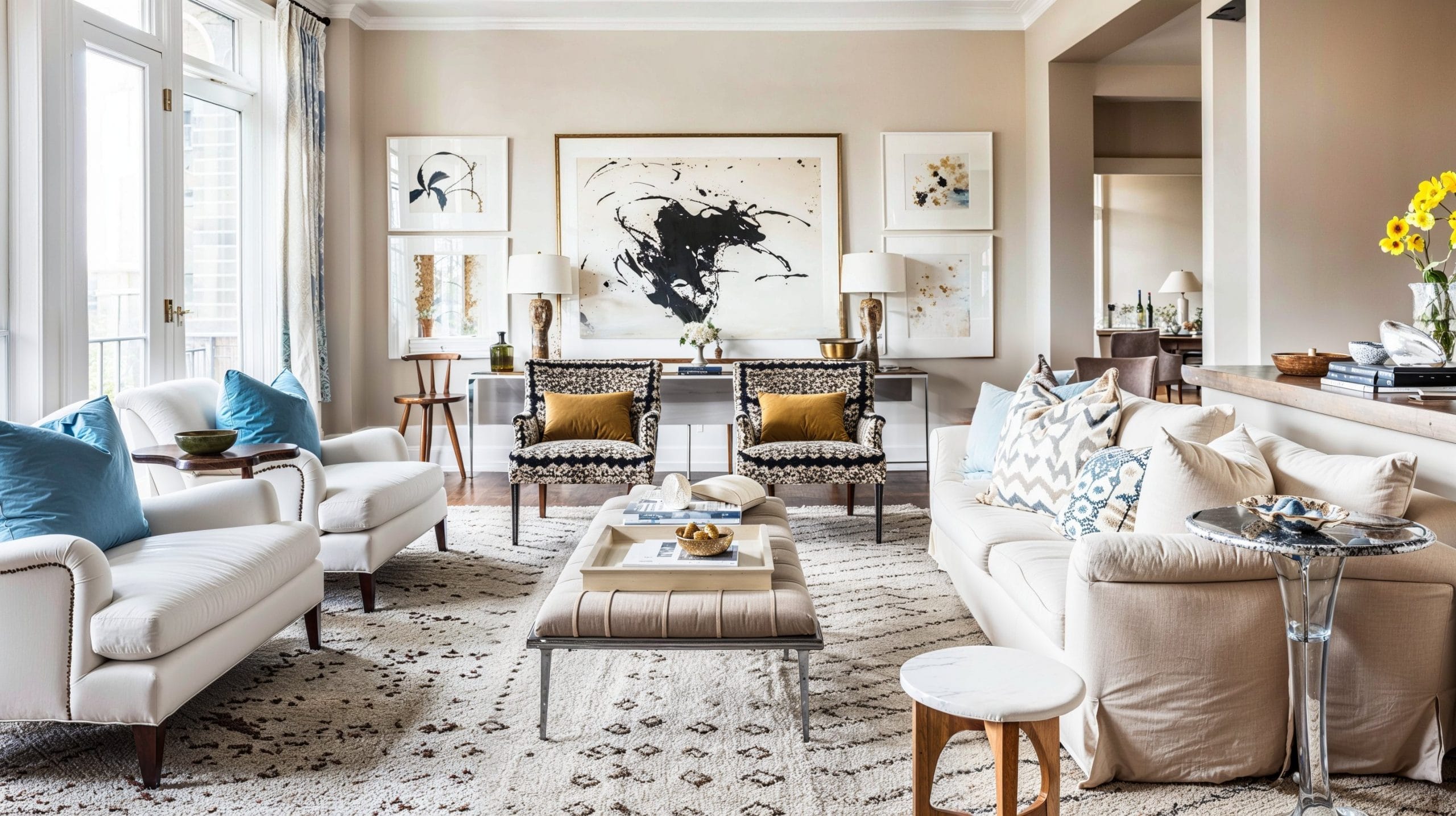What Interior Designers in Chennai Should Know About Environmental Laws and Clearances
Why Environmental Laws Matter in Interior Design
While environmental regulations have traditionally been associated with large-scale construction or industrial projects, even residential and commercial interior design can have a measurable environmental impact. Materials used, energy consumption, waste disposal, water use, and ventilation systems—all influence the environment and are regulated by various local and national policies.
For Interior Designers in Chennai, awareness of these laws ensures:
-
Legal compliance
-
Safer and greener projects
-
Stronger client trust
-
Enhanced project approval rates
-
Alignment with global green building trends
Key Environmental Laws & Agencies Every Designer in Chennai Should Know
1. Tamil Nadu Pollution Control Board (TNPCB) Regulations
Interior design projects—especially in commercial spaces or large residential projects—must comply with TNPCB norms regarding waste management, use of eco-friendly materials, air quality control, and noise regulation.
Design Tip: Always choose low-VOC paints, sustainable wood, and eco-certified materials to avoid non-compliance.
2. Construction and Demolition (C&D) Waste Rules, 2016
Projects involving demolition or heavy renovation generate considerable waste. Under the C&D Waste Rules, you must:
-
Segregate and manage construction waste properly
-
Dispose of it at authorized waste treatment facilities
-
Maintain documentation of waste management procedures
Why It Matters: Non-compliance could halt your work and lead to fines, particularly for Interior Designers in Chennai handling renovations in heritage or dense urban areas.
3. Environmental Clearance (EC) from SEIAA
For projects over 20,000 sq. meters (such as large residential complexes or commercial spaces), an Environmental Clearance from the State Environment Impact Assessment Authority (SEIAA) is mandatory. Although interior designers may not directly apply for EC, being informed about the project’s EC status is essential.
Scenario: Designing a high-rise apartment lobby or commercial showroom? Ensure the builder or client has secured EC.
4. Green Building Certifications
Clients are increasingly seeking LEED, IGBC, or GRIHA certifications for sustainable spaces. Interior designers in Chennai can play a vital role in:
-
Selecting sustainable materials
-
Integrating energy-efficient lighting and HVAC systems
-
Ensuring adequate daylight and natural ventilation
Added Value: Being well-versed in green design helps you stand out in Chennai’s competitive design market.
Permissions Interior Designers Must Coordinate With
Even if you’re not the architect or builder, as an interior designer, you may still need to assist or coordinate with clients and other stakeholders for:
-
Building Plan Approval (especially for structural changes)
-
Fire Safety Clearance (for commercial interiors)
-
Heritage Committee Clearance (for older buildings in Mylapore, George Town, etc.)
-
Electrical Safety Certificates (for lighting design or rewiring)
-
Lift Safety Clearance (if you are redesigning lift lobbies or shafts)
Environmentally Friendly Practices for Designers
Beyond legal requirements, Interior Designers in Chennai can adopt sustainable best practices:
-
Use BEE star-rated appliances and lighting
-
Promote rainwater harvesting and greywater recycling in bathrooms and pantries
-
Incorporate indoor plants and natural materials to improve air quality
-
Opt for modular furniture to reduce wastage and enable reuse
-
Source materials locally to reduce carbon footprint
The Consequences of Ignoring Environmental Laws
Failure to comply with environmental laws can lead to:
-
Demolition of unauthorized structures
-
Project delays due to legal proceedings
-
Hefty fines or penalties
-
Reputational damage for you and your client
-
Poor indoor environmental quality, affecting occupant health
Interior Designers in Chennai must work hand-in-hand with architects, engineers, and legal advisors to ensure projects are both beautiful and compliant.
Pro Tips for Designers to Stay Ahead
-
Stay Updated: Attend workshops and government webinars on environmental norms.
-
Build a Network: Partner with eco-certified vendors and sustainability consultants.
-
Documentation: Maintain proper paperwork on materials used, safety audits, and compliance reports.
-
Educate Clients: Share the long-term benefits of eco-friendly designs—both in terms of savings and sustainability.
Final Thoughts
In a city like Chennai, where heritage, modernization, and environmental concerns intersect, Interior Designers in Chennai have a unique responsibility and opportunity. By understanding and respecting environmental laws and clearances, designers not only future-proof their projects but also contribute to a more sustainable and responsible urban landscape.
Sustainability is not just a design trend—it’s the future of design. Equip yourself with knowledge, adapt your processes, and lead the way in creating interiors that are compliant, conscious, and captivating.





